
Featured
Makey Makey Storyboards
Grades:
Kindergarten, 1st Grade, 2nd Grade, 3rd Grade, 4th Grade, 5th Grade, 6th Grade, 7th Grade, 8th Grade, 9th Grade, 10th Grade, 11th Grade, 12th Grade
This lesson takes students through the process of creating an interactive storyboard using a Makey Makey circuit board. This lesson can be adjusted for any grade level with examples given in the 4th

Grades:
6th Grade, 7th Grade, 8th Grade, 9th Grade, 10th Grade, 11th Grade, 12th Grade
Be a part of the humanitarian effort and teach students how to create a fully functioning 3D printed prosthetic arm for a client in need. This lesson walks you through the process in a slideshow

Grades:
3rd Grade, 4th Grade
Encouraging students, from a young age, to think about their interests, dreams and goals lets them see possibilities for the future. As students listen to their thoughts and put those thoughts into

Grades:
3rd Grade, 4th Grade
In this unit, students will identify what a shelter is and why we need it. Students will identify the different types of shelters and materials needed depending on climate and their surroundings
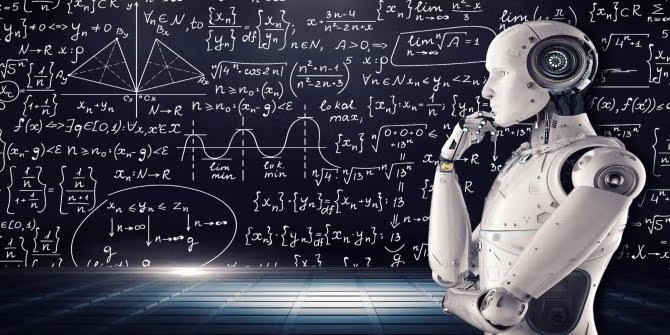
Grades:
4th Grade
Students will learn about melanoma and non cancerous moles and how to spot them through symmetry. They will use Pixlr tools to understand the identification process and then they will create their own
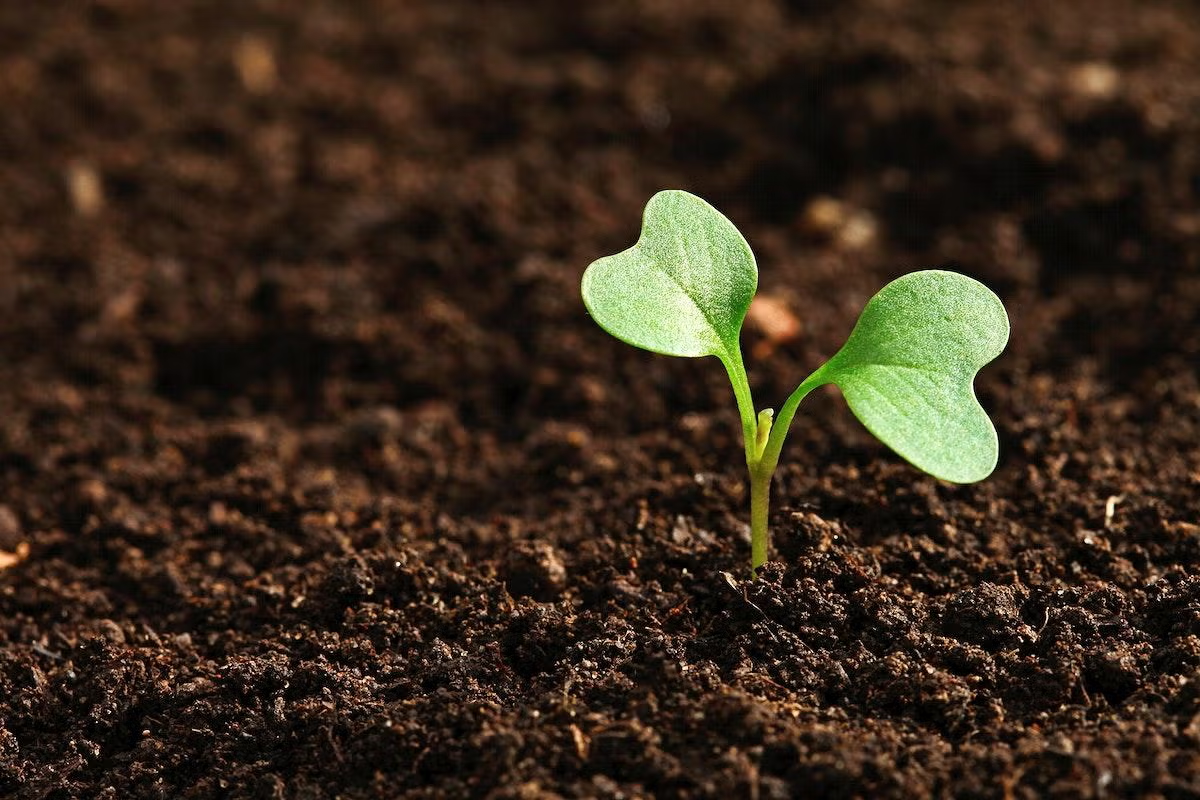
Featured
Best Class Plant
Grades:
1st Grade, 2nd Grade, 3rd Grade
This lesson is centered around the book, The World's Best Class Plant. It is intended for 1st-3rd grade. Ideally, teachers would use this lesson at the beginning of the year so they can have their

Grades:
3rd Grade, 4th Grade
Students will create a solar system scroll using fractions so that they are able to represent fractions on a number line using a real-life application, while also learning about the scale of the solar

Grades:
3rd Grade
Students will dissect a flower, then create a stop-motion animation film so that they learn both about creating stop motion animation and that plants have internal and external structures that serve

Grades:
Kindergarten, 1st Grade, 2nd Grade
In this lesson, K-2 students will plant seeds and use technology to track the growth of their plants. Through hands-on activities and observation, students will learn about the basic needs of plants
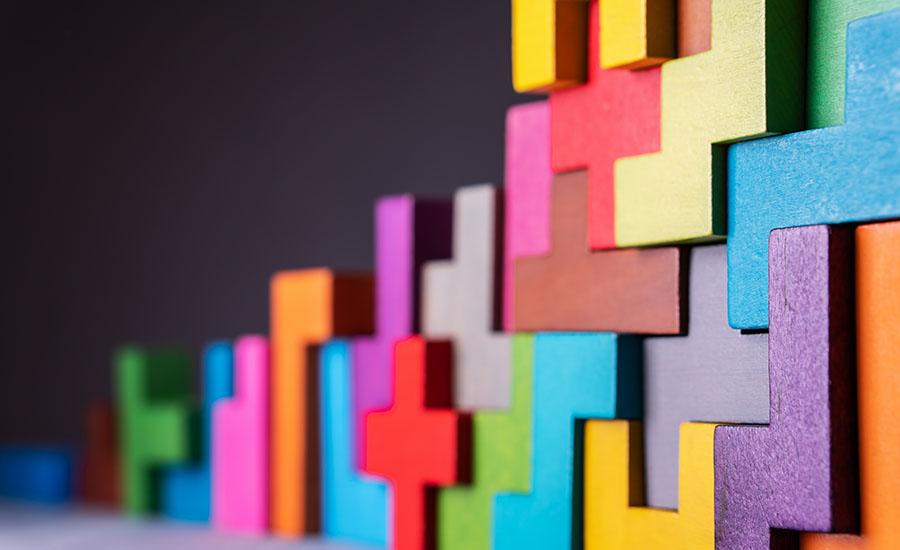
Grades:
5th Grade
This lesson includes Grade 5 Math, Engineering, ELA and ELP Standards. The activity focuses on applying mathematical concepts to a hands-on architectural design task, inspired by Frank Lloyd Wright’s

Grades:
5th Grade
This lesson is designed for Grade 5 students to explore fraction operations through hands-on activities with Dash Robots. Students will work collaboratively in groups to apply math skills and enhance

Grades:
6th Grade
Students are to design and build a truss-style bridge out of balsa wood before testing its strength.

Grades:
7th Grade
The purpose of this project is to provide students with a hands-on learning experience that combines the study of human body systems with engineering principles. By investigating the interaction

Grades:
9th Grade, 10th Grade, 11th Grade, 12th Grade
In this lesson plan, high school students will explore the concepts of AC and DC currents through hands-on experimentation. The lesson begins with a brief discussion on the fundamentals of alternating

Grades:
3rd Grade
In this lesson, students will learn about the basic principles of light reflection and how periscopes work. They will then apply this knowledge by designing and constructing their own simple

Grades:
8th Grade
This is an 8th-grade lesson designed to help students refine their thinking about how sound travels through a medium. It includes a computer simulation to help students visualize particle movement and

Grades:
9th Grade, 10th Grade, 11th Grade, 12th Grade
The purpose of this activity is to teach students about electrical energy generation in Arizona and the science behind electrical energy generation including radioactive decay and nuclear energy.
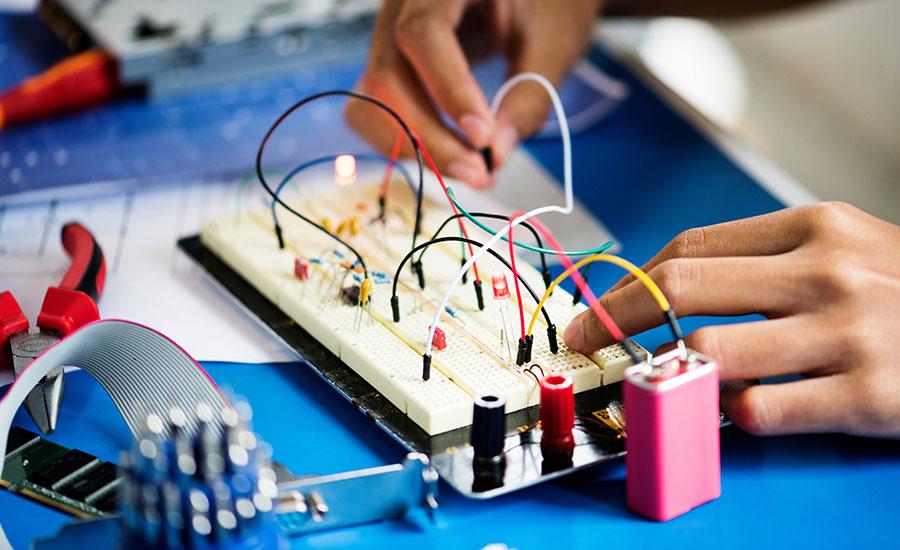
Grades:
7th Grade, 8th Grade
Part 2 (this lesson) is students learning how the body sends electrical signals through the muscles (if not covered Part 1’s research) by coding a Micro:bit to read the electrical currents

Grades:
7th Grade, 8th Grade
Part 1 of 3: Students begin to research and frame the problem around creating a working prosthetic hand. In Part 1, students will be introduced to prosthetic arms and their uses. Students will then
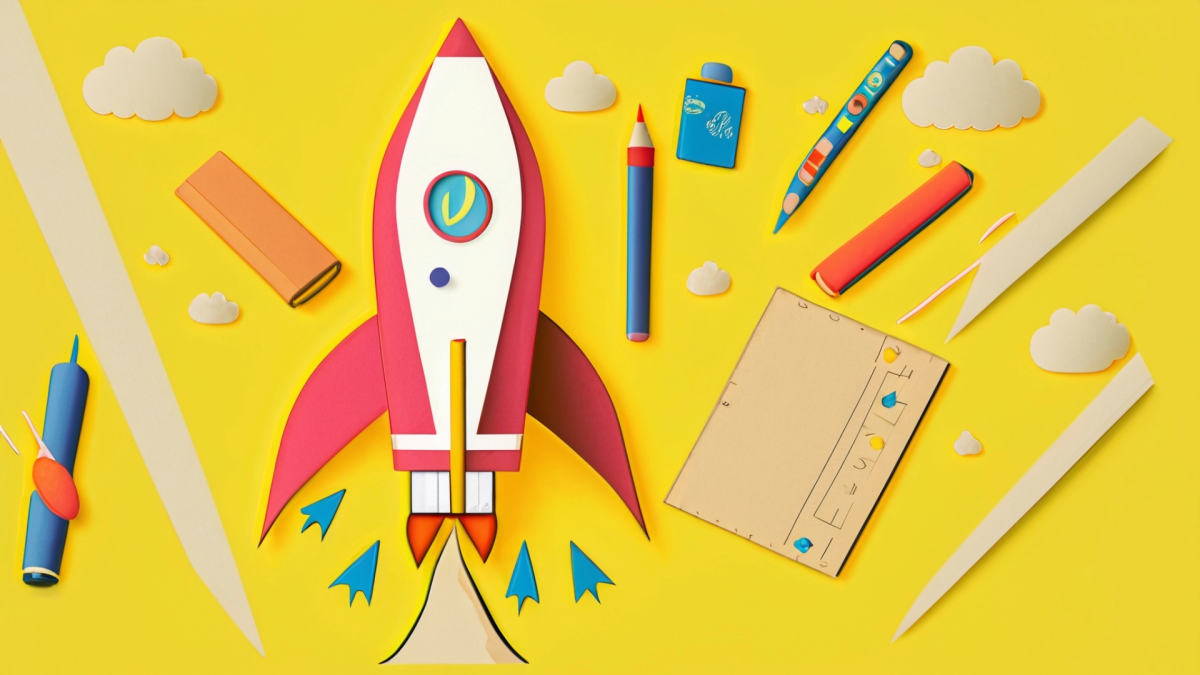
Grades:
5th Grade
In China, kites have a history of more than two thousand years. Initially made of wood and shaped like birds, they later evolved to use bamboo and paper. In the 13th century, Marco Polo introduced
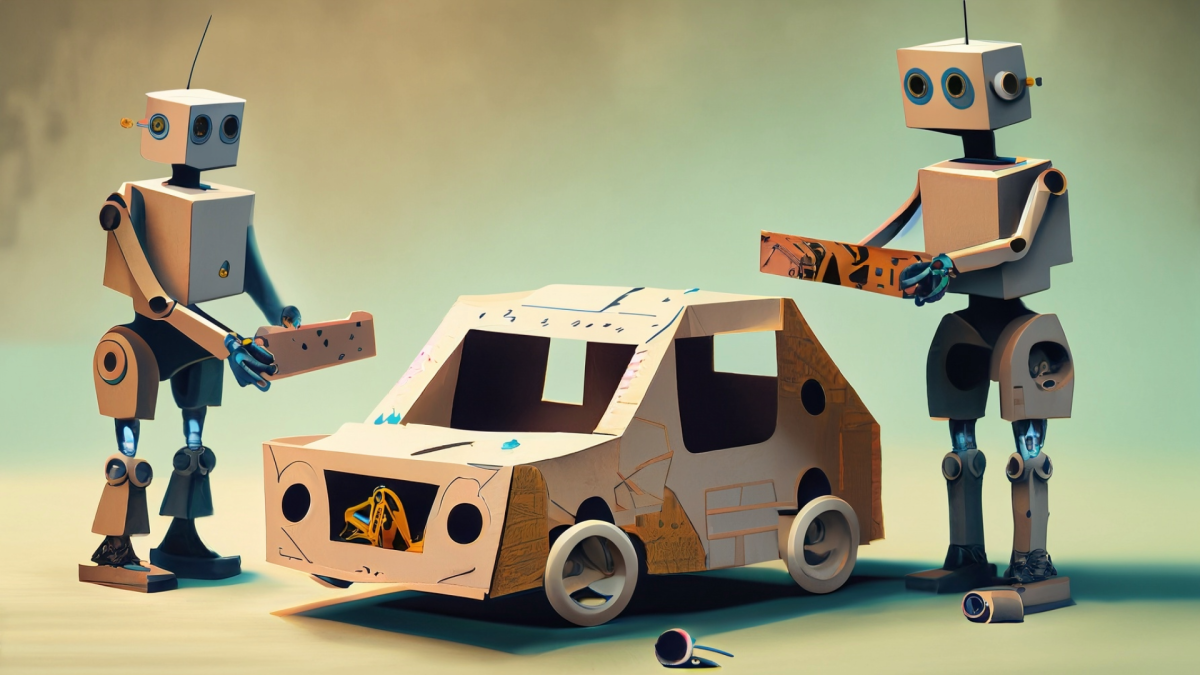
Grades:
6th Grade, 7th Grade, 8th Grade, 9th Grade, 10th Grade, 11th Grade, 12th Grade
Are your students fans of Formula 1? If they are or aren't this lesson will take a look into the dominance of Red Bull Racing in Formula 1. Why is Red Bull so dominant? Is it the driver or the
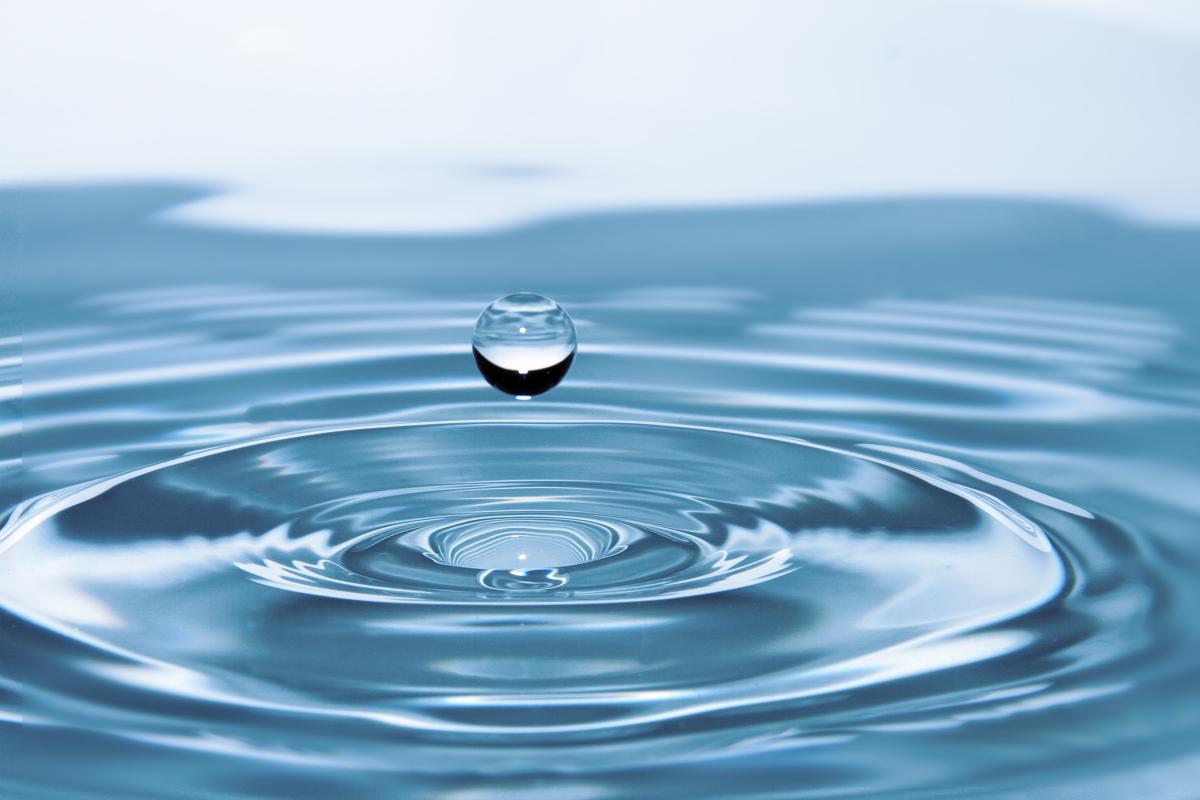
Grades:
11th Grade, 12th Grade
This lesson will show you how to test a protein with a spectrophotometer and teach the students about serial dilutions

Grades:
4th Grade, 6th Grade, 7th Grade, 8th Grade
In this engaging two part project, we will delve into the world of circuits, 3D modeling using Tinkercad, and hands-on fabrication. By designing and creating your own LED card and pendant, you will

Grades:
4th Grade, 6th Grade, 7th Grade, 8th Grade
In this engaging two part project, we will delve into the world of circuits, 3D modeling using Tinkercad, and hands-on fabrication. By designing and creating your own LED card and pendant, you will


